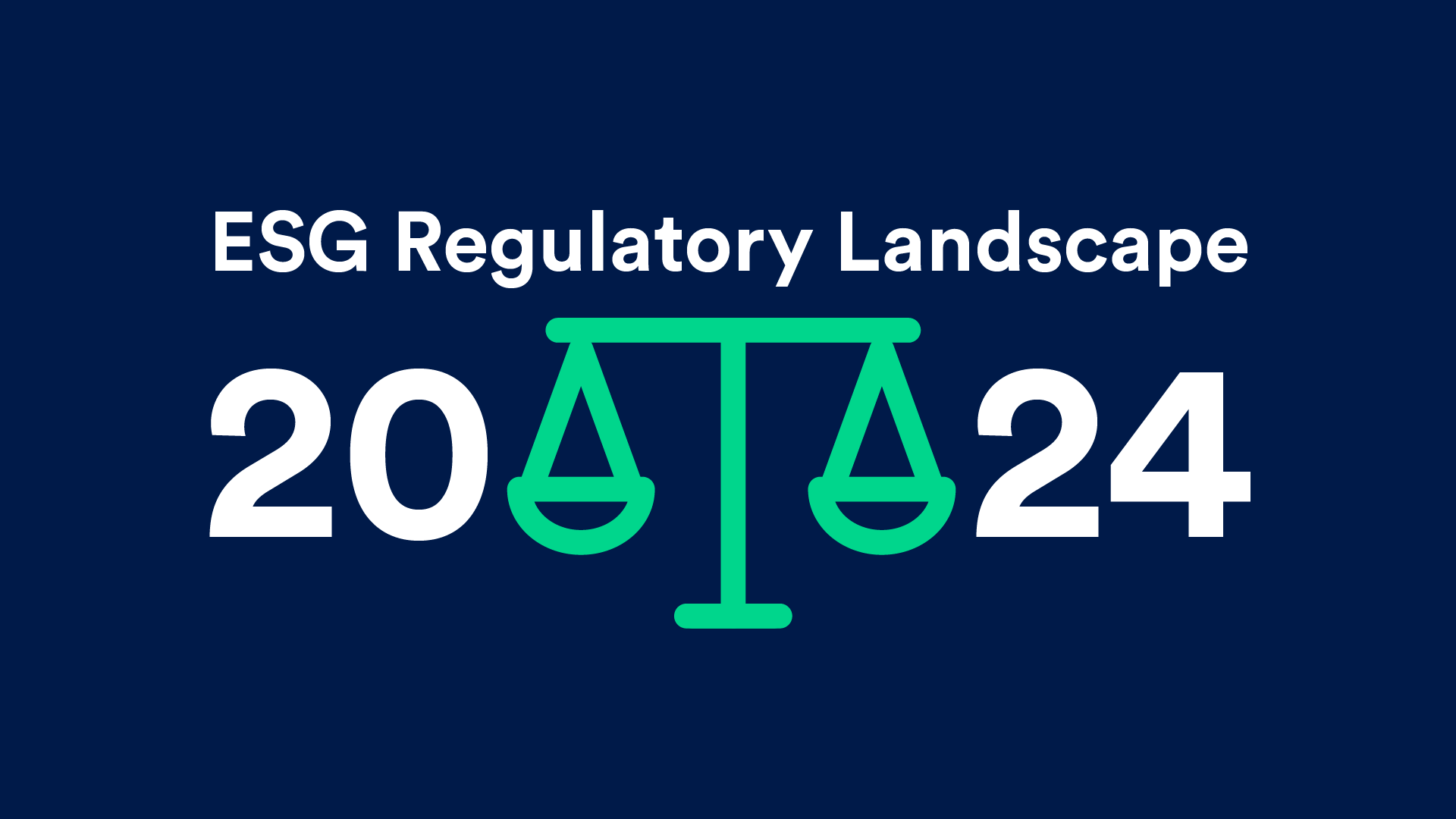Introduction to the Positive Impact Series
As of recently, climate change has receded into the background of more immediate crises such as the COVID-19 pandemic and now the invasion of Ukraine, but it will most certainly continue to play the role of a multiplier to all existing global challenges and remain on the minds of policymakers, investors, companies and other stakeholder groups when dealing with various crises. While these groups continue to convene and discuss the solutions which include the fine-tuning and standardization of sustainability reporting frameworks, there remains a glaring omission in the current focus: the reporting of a company’s positive impact on the world. Specifically, ESG has introduced companies to the concept of “financial materiality” or the impact that climate change and social issues have on the bottom line. But more data is needed to understand the enabling solutions and the resulting positive impacts that companies can provide for a more sustainable world.
As an impact assessment provider, we take a holistic approach and thus cover not only the negative impacts but also highlight positive corporate initiatives from our findings, which will be shared through the articles of this upcoming series titled “Positive Impact”. The intention of this series is to highlight and bolster private sector action towards the achievement of the 2030 Agenda, also known as the Sustainable Development Goals (SDGs). The good news is that the latter has been widely embraced by companies in the private sector, and it is estimated that over 80% of the world’s largest companies now report on aspects of their sustainable development performance. (source: KPMG) Further, a number of companies have already given up on lucrative revenue streams to avoid harming the environment, which shows that the impact of private sector activity is very real, yet it can be harnessed for positive impact when done right.
Understanding corporate contributions to the SDGs and Positive Impact generation through business activities is particularly helpful to investors. As more capital is poured into projects with positive environmental or social value, an increasing share of investment portfolios will begin to align with the global sustainability agenda. To help with this, we have assembled a methodology based on the principles of the Impact Management Project and believe that there are 3 ways an organization can create a Positive Impact, which are the following:
- Directly through its own business activities, when it goes beyond the simple mitigation of its negative impacts.
- Enabling other actors in its value chain to maximize their positive impacts; and
- Enabling other actors in its value chain to minimize their negative impacts;
While we have only 8 years left to achieve the 2030 Agenda, this Positive Impact series aims to provide real-life examples of what we consider accurate positive alignments with the SDGs from corporations or direct positive impact generation through business solutions. In each article, we will showcase a unique strategy leveraged by companies in different sectors to bring about positive change in their immediate stakeholders or beyond.
Want to stay informed about our Positive Impact series?
Leave us your email below to receive our latest publications.
You may also like

2024 ESG Regulatory Landscape
By impak Analytics
Why single materiality is not good risk management
By impak Analytics